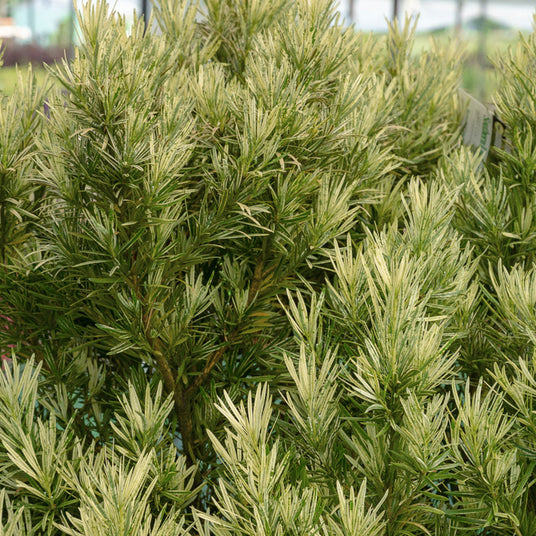FiltersFilter & Sort
Southern Living Plant Collection
From $19.98Unit price /UnavailableIn stock (91)Southern Living Plant Collection
$36.98Unit price /UnavailableIn stock (217)- Sold out
- Sold out

Southern Living Plant Collection
Southern Living Plant Collection


